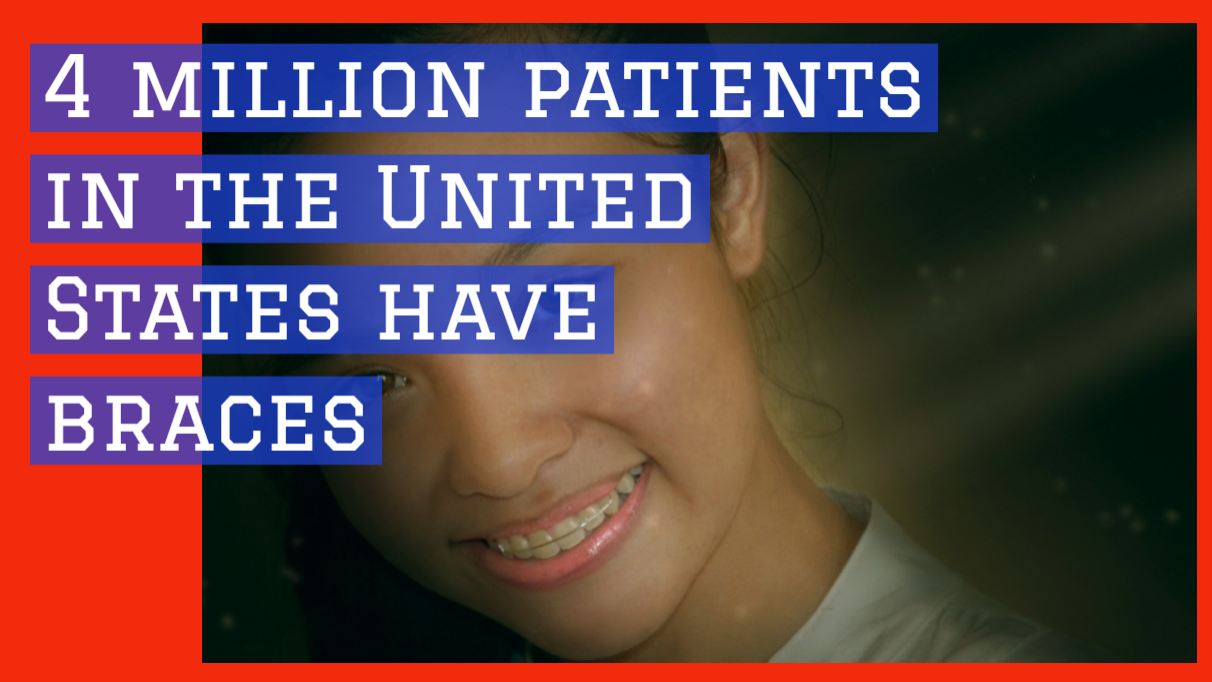Types of Braces for Teens: What You Need to Know

Orthodontic interventions have been used since ancient Egypt, and braces have been used for the past 300 years. The American Association of Orthodontists reports that approximately 4 million patients in the United States currently have braces on their teeth. Of these, 75% are children under the age of 18. Orthodontic treatment frequently starts between ages eight and 14, because bite problems are typically detected when the patient is from six to 12 years old. Ideally, a child should begin seeing an orthodontist at seven years of age.
Finding an Orthodontist
When researching braces for teens, parents need to look for a qualified orthodontist. Orthodontists receive all of the training a dentist does, but just 5% of dentists have additional training as orthodontists. It’s important to find a highly qualified professional who is also affordable.
Types of Braces for Teens
When most people think of braces, they remember the traditional metal kind with wires and brackets. Today’s metal brackets are smaller and less obvious, and archwires, activated by the heat in your body, minimize discomfort as they help teeth to shift. Metal braces are the most affordable type of braces, and some teens like choosing the colors of the bands, but they are also the most visible type of braces.
Ceramic braces are shaped and sized like metal braces, but they are less noticeable because the brackets are clear or matched to tooth color. They cost more than metal braces, and the brackets must be carefully cleaned to prevent stains.
Lingual braces look like metal braces, but the wires and brackets are attached to the inside of the teeth. They cannot be detected from the outside, but they cost more than traditional metal or ceramic braces, are harder to clean, and can’t be used for especially difficult cases. Lingual braces are sometimes more uncomfortable in the beginning stages of treatment, and adjustments are trickier and require more time than other types of braces.
Clearly, choosing braces for teens has its challenges, but most people who have had braces are very grateful for their straight teeth and would undergo this treatment again. Look for a qualified orthodontist in your area to learn more.

